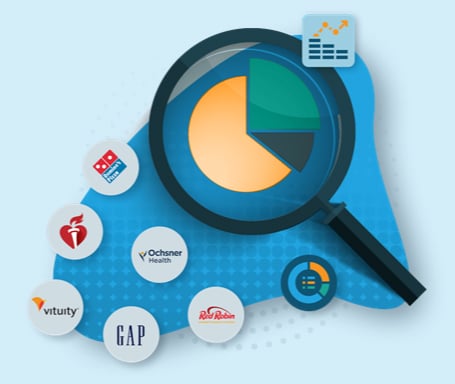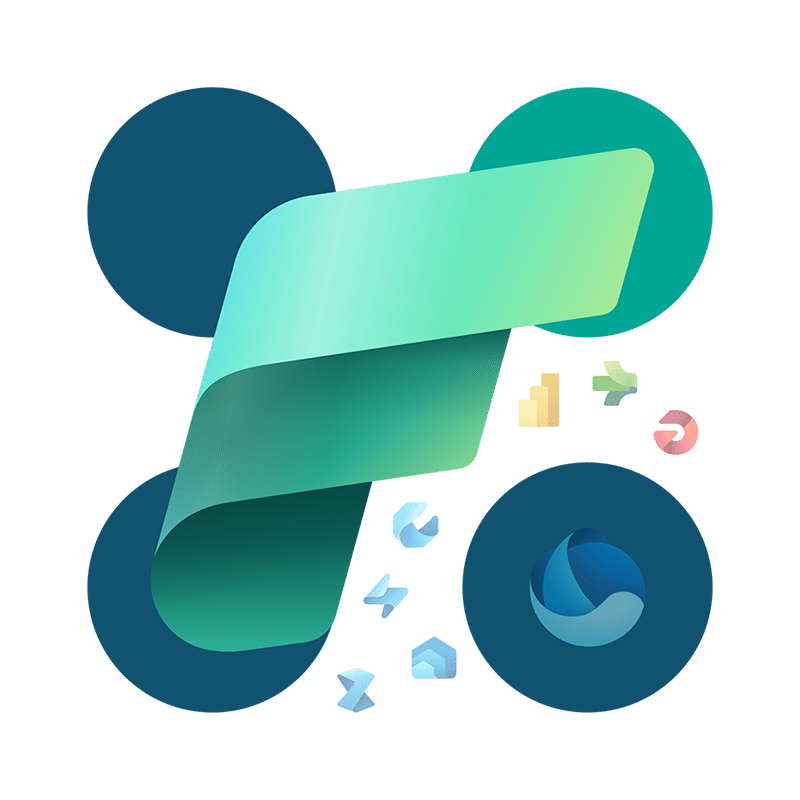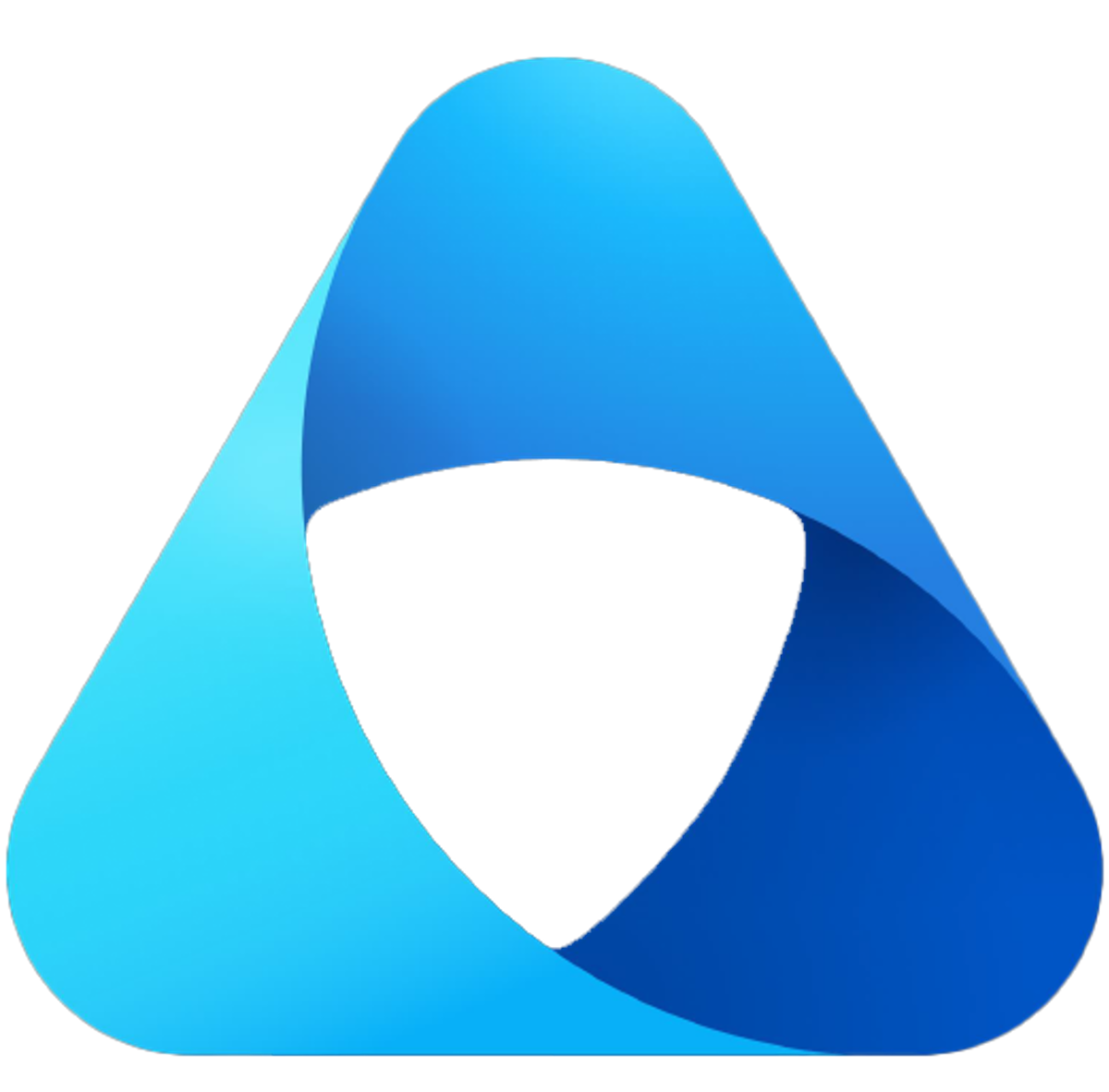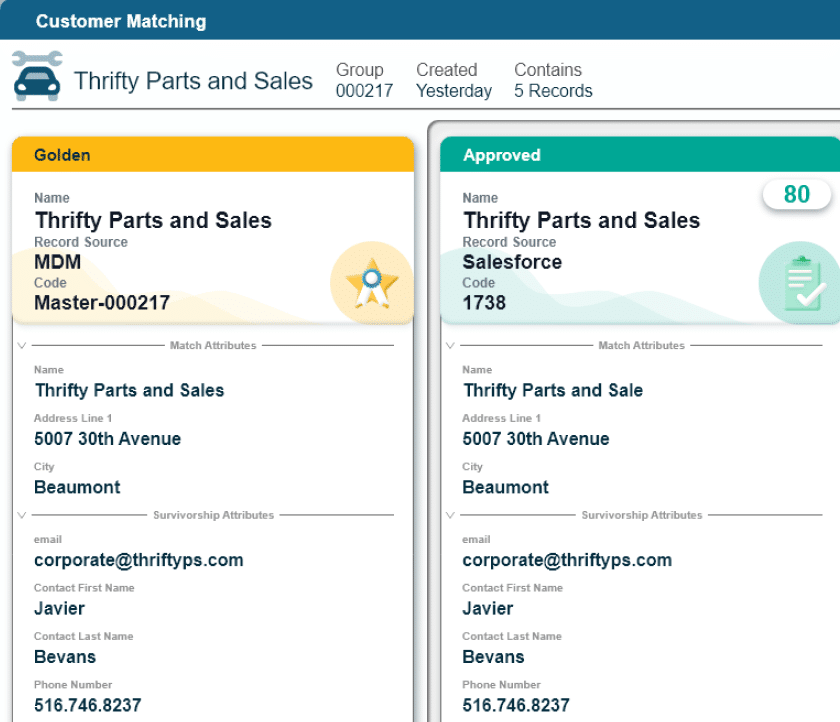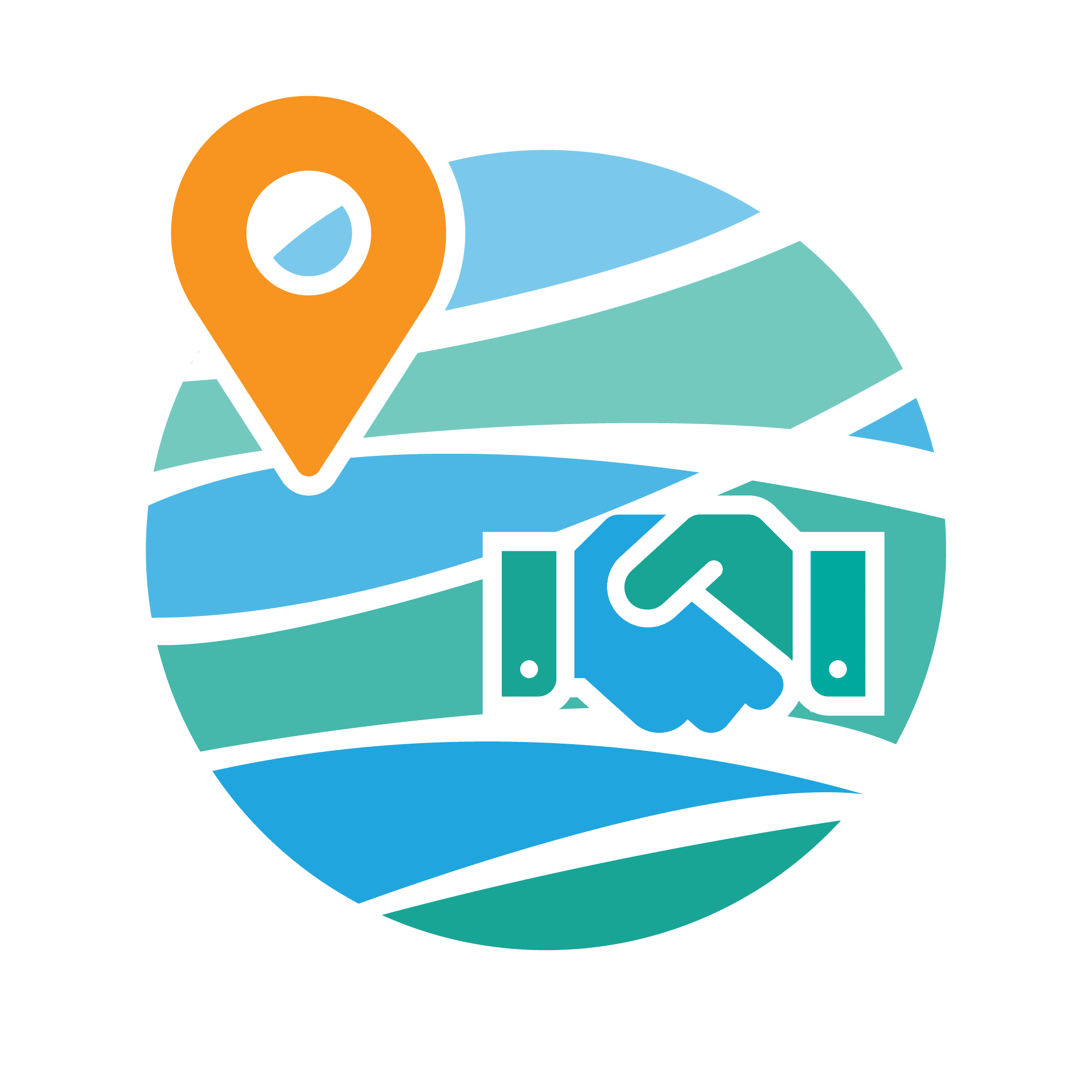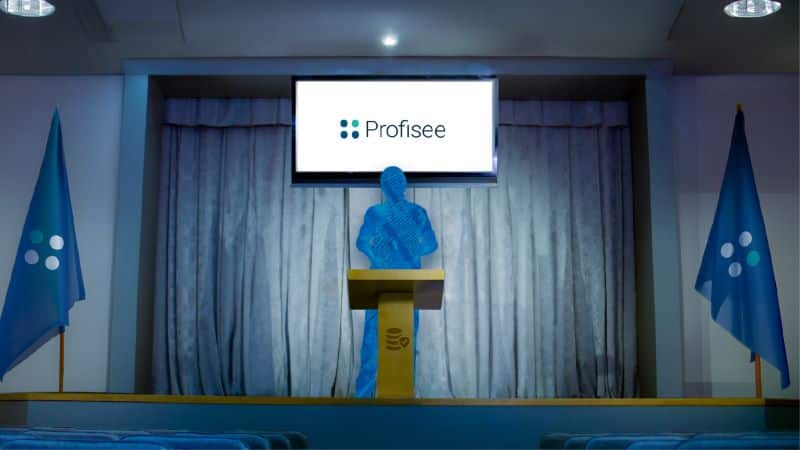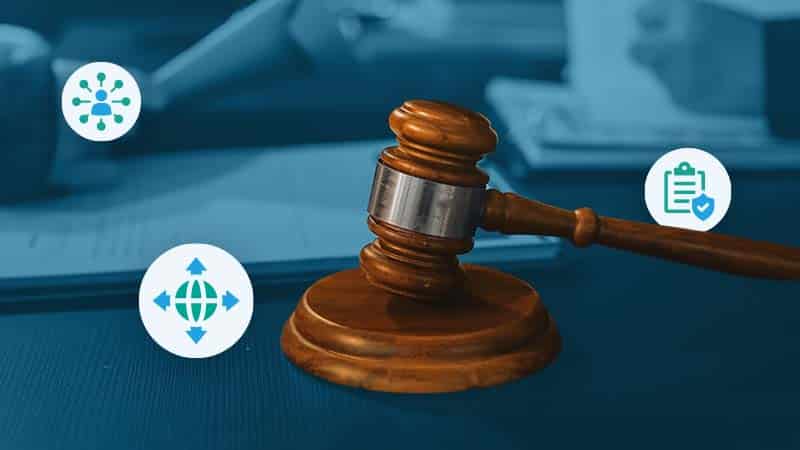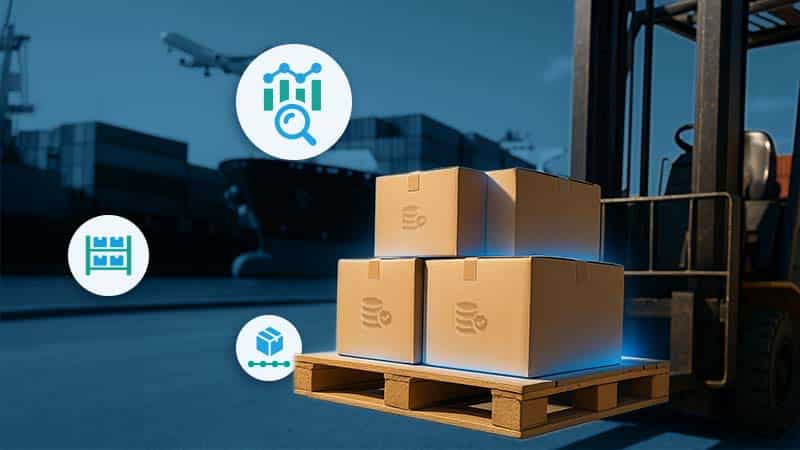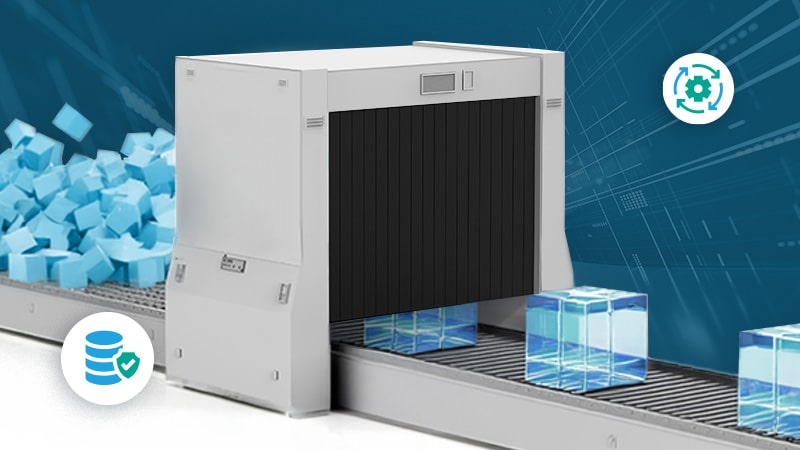Key Takeaways
Enterprise data governance ensures consistency and quality by establishing clear rules, processes, and technology frameworks, enabling better communication, higher revenue, and improved forecasting across large organizations.
A well-structured governance strategy enhances data visibility and compliance, allowing business teams to confidently self-serve accurate data, streamline audits, and make informed decisions based on standardized data sources.
Successful data governance requires careful planning and stakeholder alignment, overcoming challenges such as data silos, regulatory complexities, and inconsistent data inputs through clear documentation, accountability, and iterative implementation.
Enterprise corporations have data problems that are exponentially bigger than small or medium businesses because of their scale — more locations, with more vendors, serving more customers. With enterprise data governance, the entire organization follows the same data rulebook, driving greater communication, higher revenue, increased agility and clearer forecasting.
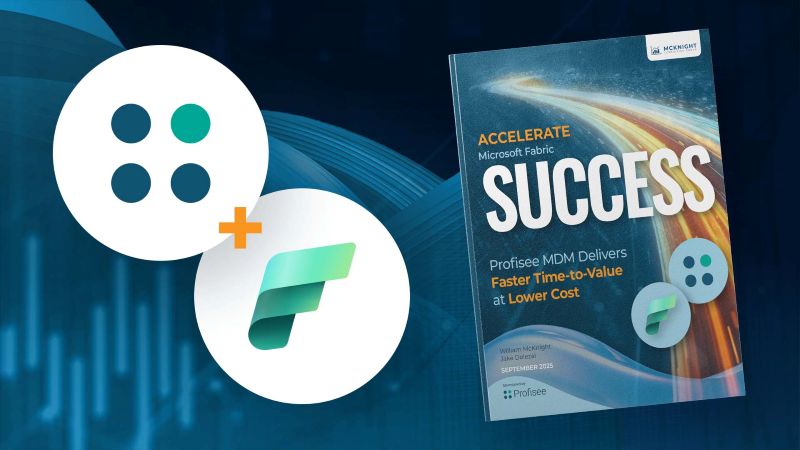
Accelerate Microsoft Fabric Success
What is Enterprise Data Governance?
Enterprise data governance is the people, rules, processes and technology that a business uses throughout the data lifecycle to ensure high quality data. The discipline codifies decisions about important, useful or necessary data, making management of that data easier and the data more useful.
- People: At the highest level, a chief data officer (CDO) or someone in a similar role oversees an organization’s data governance program, but other relevant roles include data admins, stewards and custodians as well as end business users.
- Rules: Commonly referred to as data governance policies, these rules define what useful, high-quality data looks like to the organization.
- Processes: Data governance processes establish the measures and procedures organizations should follow to ensure data quality, security, storage and appropriate access and permissions.
- Technology: An organization might use several different systems as part of its data governance program. These often include dedicated data governance tools like Microsoft Purview, but they can also include master data management (MDM) tools like Profisee, data catalog tools like Collibra and hybrid data management platforms that combine aspects of data governance, data catalog and MDM tools.
Benefits of Enterprise Data Governance
Data governance is about more than just data quality — an oft-misunderstood concept outside of data teams. At many organizations, data governance is a requirement for smooth business operations, reporting and analytics and compliance. Here are some executive-approved benefits you can use to build your use case for a data governance program.
Clear Priorities, Standards and Direction
Building a data governance framework for the enterprise requires each business unit to think deeply about what constitutes quality data for its corner of the organization and how increasing the quality of its data can improve outcomes. Business stakeholders then come together to discuss these definitions of quality and define a set of standards that work for all departments. The process of setting data standards helps the enterprise communicate priorities and build strategies that ultimately create buy-in for the project while providing a clear direction.
Greater Data Visibility
Because enterprise data governance determines which reference data should be used to make decisions, business units across the organization know where to look when they require data. This allows business teams to self-serve more often and with confidence that they are making decisions based on the same records as the rest of the company.
Efficient Audits
Data governance requires business units to define access, usage, reporting, logging and data cleansing standards across the organization. Greater standardization and consistent event logging mean that auditors can identify anomalies more quickly, sometimes by partially outsourcing audits to AI for outlier identification.
Clearer Reporting and Decisions
Clear reporting that serves decision-making depends on consistent data across sources, and enterprise data governance determines the business standards that ensure data consistency. With consistent data and reporting at hand, the organization can quickly analyze progress toward goals and define strategy accordingly.
Turnover-Proof
In today’s talent market, good data professionals are hard to find and even harder to keep. Enterprise data governance rolled out organization-wide ensures that data stability remains even in the case of attrition and turnover. The entire enterprise can rely on consistent source, golden record, and reporting data— all of which become more important in times of human resource upheaval.
Enterprise Data Governance Challenges
Change is difficult, and change management is even harder at large corporations. Consider these challenges when designing an enterprise data governance program, as they might be overlooked, causing big problems during implementation.
Expansive Volume
Consider the information needed to accurately record a vendor’s location. Then multiply that by the number of vendors for a single company location. And multiply again by the number of company locations. Feels like a lot, right? Now consider that’s only the data for a single data domain across the entire organization. By its nature, an enterprise company is expansive, meaning its data footprint can be massive. Without clear guidelines, that data quickly becomes confusing at best and unusable at worst.
Multiple Data Sources
Many enterprise companies grow through acquisitions, where each company brings (and often wants to hold tight to) its own tech stack. To build a complete data governance framework that serves the entire organization, data professionals must catalog and connect these data sources to fully realize the benefits of data governance on business initiatives.
Garbage In, Garbage Everywhere
This phrase coined by Scott Taylor of MetaMeta Consulting reminds us that any problematic data input into an enterprise data system will result in inaccurate data across the entire system. Only careful planning and methodical execution can overcome the chaos.
Regulatory and Institutional Red Tape
Regulatory red tape and institutional data hoarding will complicate any organization’s data transformation. Be sure to catalog the industry specific as well as federal/state/local data requirements and reference those in the governance strategy. Buy-in discussions where you listen to the people who ultimately use the data go a long way toward improving relationships with stakeholders who hold persnickety data preferences.
How to Build an Enterprise Data Governance Framework
The data governance framework by Data Governance Institute is a great place to start, as it covers all the bases. From that starting place, these are the most important pieces to define in your data governance journey.
1. Define a Mission to Envision the Desired State of the Company’s Data
There’s no need to call it a mission internally. You can call it the North Star or vision or some other business term, but the purpose remains the same— to describe the desired state of data for the company. This mission should work for the initial project and the ongoing state of data governance across the enterprise.
2. Identify People, Roles and Stakeholder Individuals and Groups
Identify who needs access to data, what level of access they should hold, how much of the data they need to access and how they ideally use the data. This should be done at the macro level across departments and locations, as well as within individual roles and teams.
3. Establish Rules and Rules of Engagement
Rules refer to the overarching security and practice guidelines that dictate what data movements and changes are allowed, while rules of engagement define how people will interact with the data throughout its lifecycle.
4. Document Ideal Processes
Document how the data should move and change as it moves across the enterprise. Identify which parts of the technology stack rely on one another, how golden record data be should be identified, stored and used and what company processes ensure the security and integrity of the data. When ideal processes are documented and published across the enterprise, the project team can also define accountability measures to support the project.
Enterprise Data Governance Best Practices
Start small, document and communicate are best practices for nearly every corporate project, but how does that advice translate to a project that touches every corner of the enterprise? These best practices break it down.
Start with a Minimum Viable Project (MVP) Before Growing Across the Org
When the project stakeholders implement a minimum viable project and immediately analyze its effectiveness and potential improvements before expanding the project, the team reduces complexity. This feedback loop project style promotes agility and learning for the team in controlled environments.
Set Measurable Goals That Serve a Larger Business Strategy
Go back to the project mission. Does it serve a specific business strategy, like greater communication across teams or more accurate business reporting? What internal or industry benchmarks can you use to identify whether the data governance project is working and what changes must be made to achieve those goals.
Assign Accountability: Roles, Responsibilities, Stakeholders
Without accountability, data governance will fail because individual data users have no reason to change their ways. A well-documented data governance framework will outline the responsibilities of every individual, whether they actively work with data or not.
Some questions to guide your thinking:
- Who owns what parts of the process?
- Who should be in the room for discussions?
- Who will do the work?
- Who will report back to the team?
Document Data and Technology
Maps, lists and flow charts help team members across the enterprise understand the state and flow of data. IT shouldn’t expect HR to understand the intricacies of how the database is built, but documentation should allow any team member to look up the necessary information and data format needed across projects. Bonus points if this documentation is searchable.
Define Standards, Domains, and Common Language
Build a glossary and rulebook within the data governance documentation. This will help continuity during times of turnover and training. Again, business units probably shouldn’t be expected to keep data jargon in mind at all times, but they should have a company-specific definition to refer to when working on projects.
Prioritize Projects Based on Business Impact and Difficulty
When choosing the MVP and planning for next steps, consider prioritizing a balance between a project’s usefulness in driving business metrics and the difficulty for the team to pull off. Small wins go a long way in building confidence.
Create Fast Feedback Loops with Metrics, Communications, and Further Goal Setting
A steady practice of implement, test, iterate, repeat builds a communication loop for more informed and agile projects. As the enterprise data governance project grows in scope and becomes less centralized, this practice will become vital to controlling the quality of outcomes across the enterprise.
Data Governance is Worth It
As organizations deal in ever-larger volumes of data and face greater challenges from increased complexity, risk and regulatory requirements, data governance becomes all the more important. Adopting data governance for the first time may seem daunting, but effectively communicating its business benefits can do wonders to earn buy-in across the enterprise and build momentum on its implementation.
Especially when paired with a powerful MDM tool like Profisee, a good data governance program can help organizations wield new strategic advantages that give them a leg up on the competition.
Free Guide: The What, Why and How of Data Governance

Tamara Scott
Tamara Scott is a writer, editor and content strategist with over a decade of experience located in Nashville, TN. Tamara holds a Master's in English from Belmont University, formerly served as Director of Content for TechRepublic, and her work has appeared in ServerWatch and EPI-USE.com, among others. When she's not crafting SEO-informed and conversion-ready content for SaaS and IT service companies, she's probably at home on her pottery wheel. Connect with her on LinkedIn.
